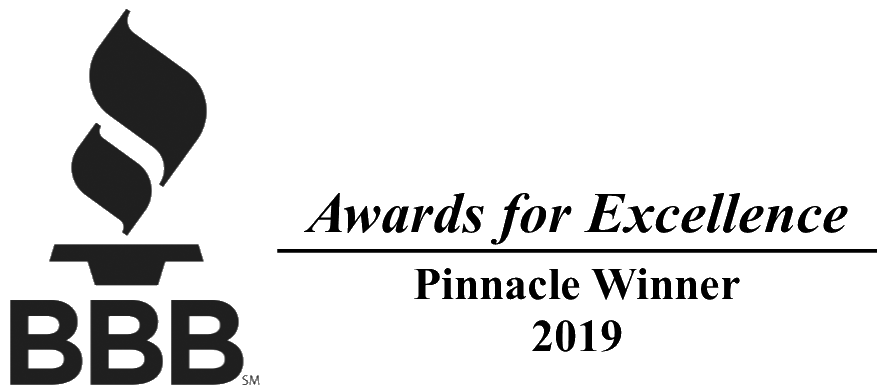Biohazard Disposal Guidelines: Proper Methods
When you think of biohazardous waste, you likely think of your local hospital, doctor’s office, or dentist office. But did you know that biohazardous waste can exist anywhere? Whether biohazardous waste is found in a medical setting or at the scene of a crime, suicide, industrial accident, or other trauma, there are specific guidelines that should be followed when disposing of the waste.
What is biohazardous waste?
Biohazardous waste is any waste that contains potentially infectious biological substances such as blood or body fluids.
Biohazard disposal guidelines are primarily regulated at the state level, but can include:
- Disposal of syringes and other sharps in a biohazard sharps container.
- Disposal of culture dishes and pipets in biohazard bags and hard-sided leak proof containers that are clearly marked with the biohazard symbol.
- The use of personal protective equipment such as gowns, gloves, and goggles while handling biohazardous waste.
- Job-specific OSHA training.
For a more detailed look at state-by-state guidelines, this website can help.
4 Categories of Biohazardous Waste
Knowing what type of biohazardous waste you are handling will help ensure proper disposal of the waste. The 4 main categories of biohazardous waste are:
- Solid biohazardous waste. Any non-sharp items that are contaminated with human blood, body fluids, or tissue. This can include gloves, culture containers, specimen vials, and towels used to clean up after a trauma.
- Liquid biohazardous waste. Bulk quantities of blood, body fluids, and blood products. Quantities of liquids equaling less than 25 mls can be managed as solid biohazardous waste.
- Biohazardous sharps. Any instrument that is sharp enough to break the skin and that is contaminated with biological material. Examples include disposable syringes, needles, broken tubes of microbiological cultures, and microscope slides contaminated with specimen materials.
- Pathological waste. Any unfixed human tissues, organs, and body parts (excluding teeth), as well as any unfixed animal tissues that have been exposed to human cells or other human-derived materials.
To protect public and occupational health and safety, biohazardous waste should be handled by individuals who understand the associated risks. As a nationwide leader in biohazard cleanup, Aftermath maintains the highest standards in cleaning, sanitation, and safety compliance. As part of our commitment to public health and education, we have compiled a 28-point checklist illustrating the regulatory compliance and quality assurance standards that we feel all vendors should adhere to. To learn more about Aftermath, our services, and our mission, explore our website.
———-
Sources:
OSHA.gov
EPA.gov
Biosafety.edu
Aftermath
 877-872-4339
877-872-4339  Contact Us
Contact Us 






